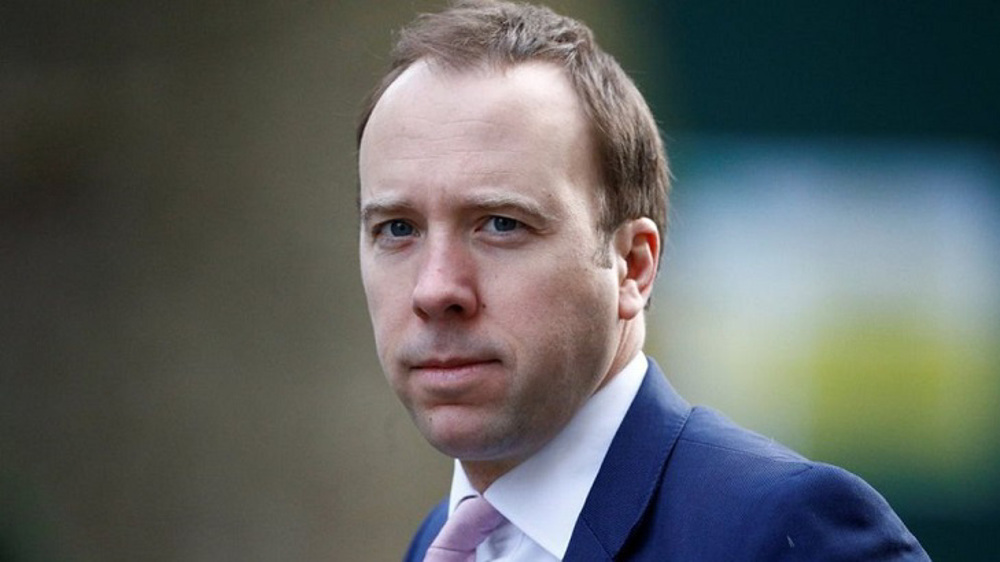Department of Health concedes coronavirus disproportionately affects ethnic minorities
After months of anecdotal evidence and media-led speculation, the British government has finally officially admitted that the coronavirus has a disproportionate impact on ethnic minorities.
According to a report by Public Health England ( PHE - an executive agency of the Department of Health), black and Asian ethnic groups are up to twice as likely to die with COVID-19, the disease caused by the coronavirus, than white British people.
One of the report’s most striking findings is that people of Bangladeshi ethnicity are twice more likely to die with COVID-19 than people of white British ethnicity.
More generally, Chinese, Indian, Pakistani, other Asian groups and other black ethnic groups have between 10 and 50 percent greater risk of dying from COVID-19.
According to the PHE report, the highest diagnosis rate per 100,000 population is found in black ethnic groups (468 in females and 649 in males) and the lowest fatality incidence occurs in white ethnic groups (220 in females and 224 in males).
The report readily concedes that its findings confirm “the impact of COVID-19 has replicated existing health inequalities and, in some cases, has increased them”.
Reacting to the PHE report, the health secretary, Matt Hancock, said the public is “understandably angry about injustices” brought into sharper relief by the pandemic.
Addressing the House of Commons, Hancock claimed he feels a “deep responsibility because this pandemic has exposed huge disparities in the health of our nation”.
Despite Hancock’s speedy reaction to the PHE report, the British establishment remains reluctant to explore the deeper roots of COVID-19’s disproportionate impact on ethnic minorities.
It has been widely speculated that disparities in wealth and income, coupled with access to adequate health care, has an impact on the outcome of COVID-19 cases.
Iran’s economy grew 2.7% y/y in Sep quarter: CBI
VIDEO | Freelancers in Gaza strive to stay online amid genocide
Mikati demands Israel's withdrawal from south Lebanon
Yemeni army strikes Israeli military sites with drones
‘Clock ticking’: UNRWA slams unjustifiable killing of children in Gaza
BP to be sued in Britain for supplying oil to Israel
VIDEO | Press TV's news headlines
Israeli strikes on north Gaza hospital ‘extremely dangerous, terrifying’: Director










 This makes it easy to access the Press TV website
This makes it easy to access the Press TV website